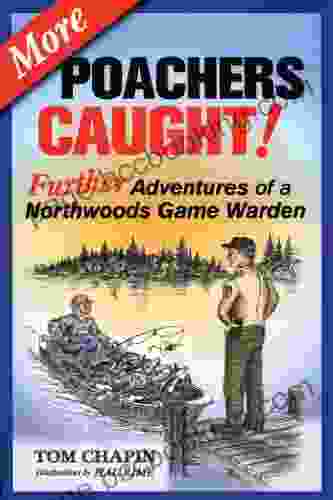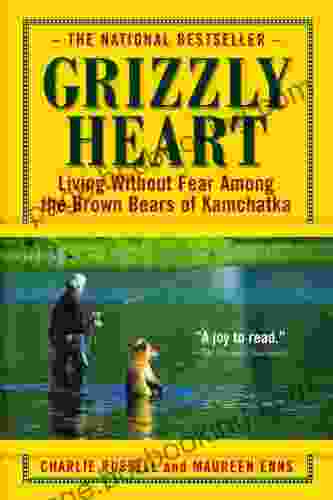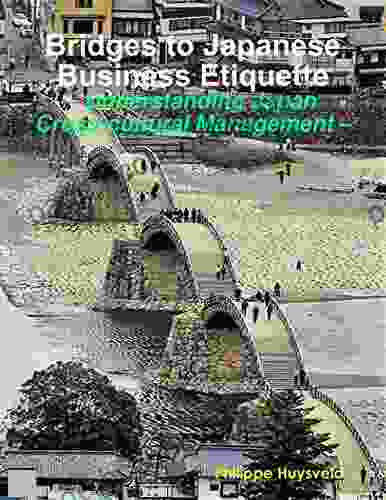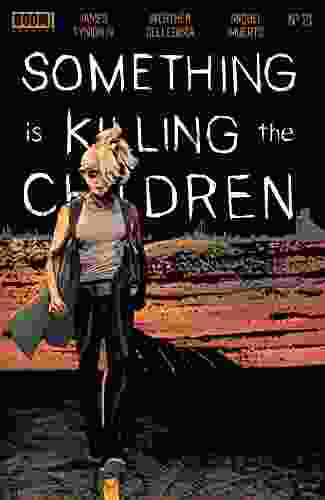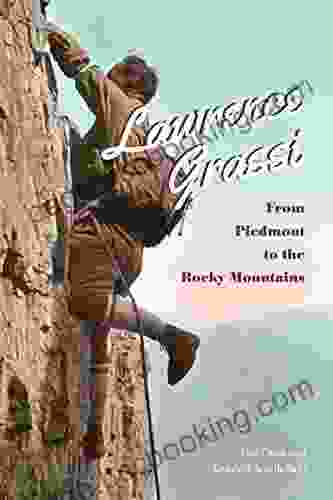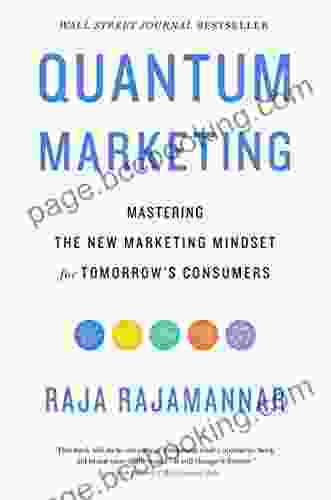How Mathematicians Discovered Many Clever Ways To Make Things As Small Or As

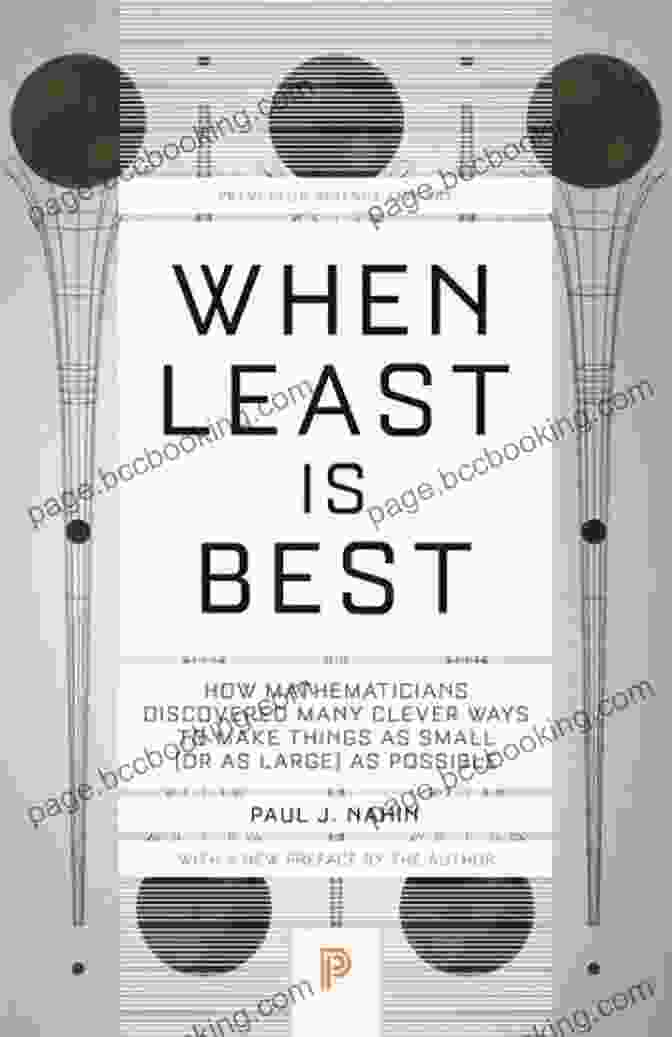
Mathematics is the language of the universe. It is a tool that we can use to understand the world around us, and to make predictions about the future. Mathematics has been used for centuries to solve problems in a wide range of fields, from engineering to medicine. In recent years, mathematicians have made significant contributions to the field of miniaturization and maximization.
4.6 out of 5
| Language | : | English |
| File size | : | 14075 KB |
| Text-to-Speech | : | Enabled |
| Screen Reader | : | Supported |
| Enhanced typesetting | : | Enabled |
| Print length | : | 398 pages |
Miniaturization is the process of making things smaller. Mathematicians have developed a number of techniques that can be used to miniaturize objects, including scaling, fractals, and origami. Scaling is the process of reducing the size of an object by a certain factor. Fractals are self-similar patterns that can be used to create objects that are very small and very complex. Origami is the art of folding paper into different shapes. Mathematicians have developed techniques that can be used to fold paper into very small and very complex shapes.
Maximization is the process of making things larger. Mathematicians have developed a number of techniques that can be used to maximize objects, including optimization, calculus, and topology. Optimization is the process of finding the best possible solution to a problem. Calculus is a branch of mathematics that deals with the rate of change. Topology is a branch of mathematics that deals with the properties of shapes.
The techniques that mathematicians have developed for miniaturization and maximization have had a major impact on our lives. Miniaturization has led to the development of smaller and more powerful computers, medical devices, and other technologies. Maximization has led to the development of larger and more efficient buildings, bridges, and other structures.
The work of mathematicians is essential to the progress of science and technology. Their discoveries have made our lives better and easier, and they continue to push the boundaries of what is possible.
The Invention of the Telescope
The telescope is one of the most important inventions in the history of science. It has allowed us to see far beyond our own planet, and to explore the vastness of the universe. The telescope was invented in the 16th century by a Dutch spectacle maker named Hans Lippershey. Lippershey was experimenting with lenses when he accidentally discovered that he could use them to magnify distant objects.
The first telescopes were very simple devices, consisting of two lenses mounted in a tube. However, over time, telescopes became more and more sophisticated. In the 17th century, Galileo Galilei used a telescope to make the first observations of the moons of Jupiter. These observations helped to support the heliocentric theory of the solar system, which states that the Earth revolves around the Sun.
The invention of the telescope revolutionized our understanding of the universe. It allowed us to see that the Earth is not the center of the universe, and that there are other planets and stars out there. The telescope also helped us to discover the laws of motion and gravity, and to understand the nature of light.
The Development of the Microscope
The microscope is another important invention that has had a major impact on our understanding of the world around us. The microscope allows us to see objects that are too small to be seen with the naked eye. The first microscope was invented in the 16th century by a Dutch spectacle maker named Zacharias Janssen. Janssen's microscope was a simple device, consisting of two lenses mounted in a tube. However, over time, microscopes became more and more sophisticated.
In the 17th century, Antonie van Leeuwenhoek used a microscope to make the first observations of bacteria. These observations helped to establish the germ theory of disease, which states that diseases are caused by microorganisms. The microscope also helped us to understand the structure of cells, and to discover the process of mitosis.
The development of the microscope revolutionized our understanding of the world around us. It allowed us to see the tiny organisms that live in our bodies, and to understand the processes that govern life. The microscope has also helped us to develop new medical treatments, and to prevent the spread of disease.
The Invention of Nanotechnology
Nanotechnology is the science of manipulating matter at the atomic and molecular scale. Nanotechnology has the potential to revolutionize many different fields, including medicine, manufacturing, and energy. The invention of nanotechnology was made possible by the development of new microscopes and other tools that allow us to see and manipulate atoms and molecules.
One of the most important applications of nanotechnology is in the field of medicine. Nanoparticles can be used to deliver drugs to specific cells in the body, which can improve the effectiveness of treatment and reduce side effects. Nanoparticles can also be used to create new materials for medical devices, such as artificial joints and bone implants.
Nanotechnology is also being used to develop new manufacturing processes. Nanoparticles can be used to create stronger and lighter materials, which can be used in a variety of applications, from cars to airplanes. Nanoparticles can also be used to create new electronic devices that are smaller, faster, and more energy-efficient.
The invention of nanotechnology is still in its early stages, but it has the potential to revolutionize many different fields. Nanotechnology has the potential to make our lives better and easier, and to solve some of the world's most challenging problems.
Mathematics is a powerful tool that can be used to solve problems and make our lives better. Mathematicians have made significant contributions to the fields of miniaturization and maximization, and their work has had a major impact on our understanding of the world around us. The inventions of the telescope, the microscope, and nanotechnology are just a few examples of the many ways that mathematics has helped to shape our world.
4.6 out of 5
| Language | : | English |
| File size | : | 14075 KB |
| Text-to-Speech | : | Enabled |
| Screen Reader | : | Supported |
| Enhanced typesetting | : | Enabled |
| Print length | : | 398 pages |
Do you want to contribute by writing guest posts on this blog?
Please contact us and send us a resume of previous articles that you have written.
 Book
Book Novel
Novel Page
Page Chapter
Chapter Text
Text Story
Story Genre
Genre Reader
Reader Library
Library Paperback
Paperback E-book
E-book Magazine
Magazine Newspaper
Newspaper Paragraph
Paragraph Sentence
Sentence Bookmark
Bookmark Shelf
Shelf Glossary
Glossary Bibliography
Bibliography Foreword
Foreword Preface
Preface Synopsis
Synopsis Annotation
Annotation Footnote
Footnote Manuscript
Manuscript Scroll
Scroll Codex
Codex Tome
Tome Bestseller
Bestseller Classics
Classics Library card
Library card Narrative
Narrative Biography
Biography Autobiography
Autobiography Memoir
Memoir Reference
Reference Encyclopedia
Encyclopedia Peter F Drucker
Peter F Drucker Pete Whittaker
Pete Whittaker Stephen Chbosky
Stephen Chbosky Yukio Tsuchiya
Yukio Tsuchiya Osman Yousefzada
Osman Yousefzada Noah Kagan
Noah Kagan P J Taylor
P J Taylor Phil Knight
Phil Knight Sue Wieger
Sue Wieger Phil Dean
Phil Dean Peter Morgan
Peter Morgan Sensei Paul David
Sensei Paul David Kiera Cass
Kiera Cass Sue Hendra
Sue Hendra Peter Davison
Peter Davison Paul Vachon
Paul Vachon Oscar Serrallach
Oscar Serrallach Tony Rose
Tony Rose P A Thomson
P A Thomson P A Yeomans
P A Yeomans
Light bulbAdvertise smarter! Our strategic ad space ensures maximum exposure. Reserve your spot today!
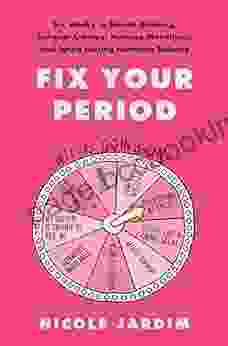
 Yasunari KawabataSix Weeks to Banish Bloating, Conquer Cramps, Manage Moodiness, and Ignite...
Yasunari KawabataSix Weeks to Banish Bloating, Conquer Cramps, Manage Moodiness, and Ignite... Dillon HayesFollow ·9.2k
Dillon HayesFollow ·9.2k Samuel Taylor ColeridgeFollow ·3.7k
Samuel Taylor ColeridgeFollow ·3.7k Blake KennedyFollow ·5.6k
Blake KennedyFollow ·5.6k Mark TwainFollow ·3k
Mark TwainFollow ·3k F. Scott FitzgeraldFollow ·7.5k
F. Scott FitzgeraldFollow ·7.5k Gilbert CoxFollow ·4.2k
Gilbert CoxFollow ·4.2k Walt WhitmanFollow ·11.5k
Walt WhitmanFollow ·11.5k Ralph EllisonFollow ·13.3k
Ralph EllisonFollow ·13.3k
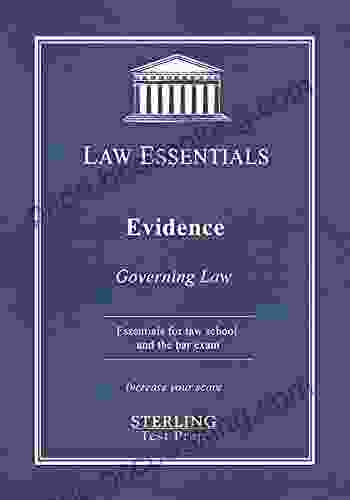
 Marvin Hayes
Marvin HayesGoverning Law for Law School and Bar Exam Prep: Your...
Unlock the Secrets of...
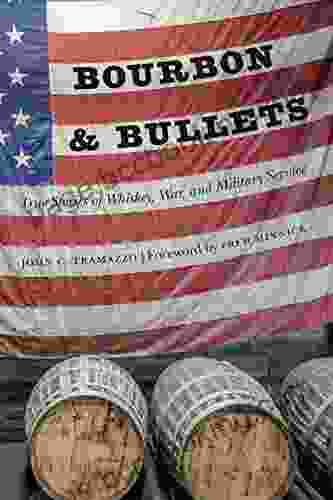
 Sidney Cox
Sidney CoxUnveiling the Epic Tales of Whiskey, War, and Military...
In the tapestry of history,...
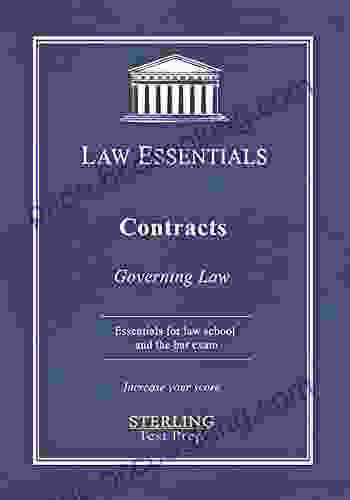
 Victor Turner
Victor TurnerGoverning Law for Law School and Bar Exam Prep: The...
What is Governing...
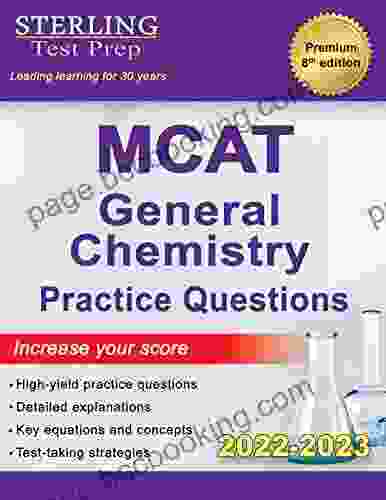
 Robert Browning
Robert BrowningSterling Test Prep MCAT General Chemistry Practice...
: Embark on Your MCAT General Chemistry...
4.6 out of 5
| Language | : | English |
| File size | : | 14075 KB |
| Text-to-Speech | : | Enabled |
| Screen Reader | : | Supported |
| Enhanced typesetting | : | Enabled |
| Print length | : | 398 pages |



